Research on transverse impact performance of pipe-in-pipe structure
DOI: 10.23977/jemm.2023.080105 | Downloads: 39 | Views: 1309
Author(s)
Xin Hu 1
Affiliation(s)
1 Beijing University of Technology, Beijing, 100124, China
Corresponding Author
Xin HuABSTRACT
Pipe-in-pipe structure are widely used in offshore oil and gas transportation. The structure is subjected to various dynamic loads such as earthquakes and vortex-induced vibrations during service, of which transverse impact is the main cause of structure damage. At present, the whole process analysis and parameter analysis of the pipe-in-pipe structure under the action of impact are not systematic and complete. Based on the explicit dynamic software LS-DYNA, the finite element model of the pipe-in-pipe structure was established, and a systematic parametric analysis was carried out on the parameters of the pipe-in-pipe structure. Based on the three aspects of force, displacement and energy absorption, the influence of the three parameters of span, diameter ratio and thickness ratio on the impact resistance of the tube-in-tube structure is revealed. The research results show that the impact force time-history curve of the pipe-in-pipe structure can be divided into five stages. The resistance of the tube-in-tube structure to impact is significantly influenced by the ratio of thickness and span.
KEYWORDS
Pipe-in-pipe structure; transverse impact; numerical simulation; dynamic responseCITE THIS PAPER
Xin Hu, Research on transverse impact performance of pipe-in-pipe structure. Journal of Engineering Mechanics and Machinery (2023) Vol. 8: 31-44. DOI: http://dx.doi.org/10.23977/jemm.2023.080105.
REFERENCES
[1] Vieth PH, Roytman I, Mesloh RE, et al. Analysis of DOT reportable incidents for gas transmission and gathering pipelines--January 1, 1985 through December 31, 1994. Final report [J]. 1996.
[2] Jones N, Birch SE, Birch RS, et al. An experimental study on the lateral impact of fully clamped mild steel pipes [J]. Proceedings of the Institution of Mechanical Engineers, Part E: Journal of Process Mechanical Engineering, 1992; 206: 111-127.
[3] Jones N, Shen WQ. A theoretical study of the lateral impact of fully clamped pipelines [J]. Proceedings of the Institution of Mechanical Engineers, Part E: Journal of Process Mechanical Engineering, 1992; 206:129-146.
[4] Chen K, Shen WQ. Further experimental study on the failure of fully clamped steel pipes [J]. International journal of impact engineering, 1998; 21:177-202.
[5] Shen WQ, Chen KS. An investigation on the impact performance of pipelines [J]. International journal of crashworthiness, 1998; 3:191-210.
[6] Cerik BC, Shin HK, Cho SR. A comparative study on damage assessment of tubular members subjected to mass impact [J]. Marine Structures, 2016; 46: 1-29.
[7] Zhu L, Liu Q, Jones N, et al. Experimental study on the deformation of fully clamped pipes under lateral impact [J]. International Journal of Impact Engineering, 2018; 111: 94-105.
[8] Zhang R, Zhi X, Fan F. Plastic behavior of circular steel tubes subjected to low-velocity transverse impact [J]. International Journal of Impact Engineering, 2018; 114:1-19.
[9] Liu K, Liu B, Wang Z, et al. An experimental and numerical study on the behaviour of tubular components and T-joints subjected to transverse impact loading [J]. International journal of impact engineering, 2018; 120: 16-30.
[10] Lu Y, Liu K, Wang Z, et al. Dynamic behavior of scaled tubular K-joints subjected to impact loads [J]. Marine Structures, 2020; 69: 102685.
[11] Kyriakides S, Vogler T J. Buckle propagation in pipe-in-pipe systems: Part II. Analysis [J]. International journal of solids and structures, 2002; 39: 367-392.
[12] Kyriakides S. Buckle propagation in pipe-in-pipe systems: Part I. Experiments [J]. International journal of solids and structures, 2002; 39: 351-366.
[13] Gong S, Li G. Buckle propagation of pipe-in-pipe systems under external pressure [J]. Engineering Structures, 2015; 84: 207-222.
[14] Bi K, Hao H. Using pipe-in-pipe systems for subsea pipeline vibration control [J]. Engineering Structures, 2016; 109: 75-84.
[15] Nikoo HM, Bi K, Hao H. Effectiveness of using pipe-in-pipe (PIP) concept to reduce vortex-induced vibrations (VIV): Three-dimensional two-way FSI analysis[J]. Ocean Engineering, 2018; 148: 263-276.
[16] Zheng J, Palmer A, Lipski W, et al. Impact damage on pipe-in-pipe systems[C]//The Twenty-second International Offshore and Polar Engineering Conference. OnePetro, 2012.
[17] Zheng JX, Palmer A, Brunning P. Overtrawlability and mechanical damage of pipe-in-pipe [J]. Journal of Applied Mechanics, 2014; 81: 31006.
[18] Zheng J, Palmer A, Brunning P, et al. Method to assess the overtrawlability of Pipe-in-Pipe[C]//Offshore Technology Conference-Asia. OnePetro, 2014.
[19] Zheng J, Palmer A, Brunning P, et al. Indentation and external pressure on subsea single wall pipe and pipe-in-pipe [J]. Ocean engineering, 2014; 83: 125-132.
[20] Gao X, Shao Y, Xie L, et al. Behavior of API 5L X56 submarine pipes under transverse impact[J]. Ocean Engineering, 2020; 206:107337.
[21] Gao X, Shao Y, Chen C, et al. Experimental and numerical investigation on transverse impact resistance behaviour of pipe-in-pipe submarine pipelines after service time [J]. Ocean Engineering, 2022; 248: 110868.
[22] Jones N. Structural impact [M]. Cambridge university press, 2011.
[23] Abramowicz W, Jones N. Dynamic axial crushing of square tubes [J]. International Journal of Impact Engineering, 1984; 2:179-208.
[24] Wang Y, Qian X, Liew JYR, et al. Experimental behavior of cement filled pipe-in-pipe composite structures under transverse impact [J]. International Journal of Impact Engineering, 2014; 72: 1-16.
| Downloads: | 10886 |
|---|---|
| Visits: | 403549 |
Sponsors, Associates, and Links
-
Cybernetics and Mechatronics
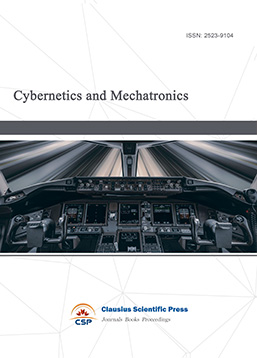
-
Digital Manufacturing and Process Management
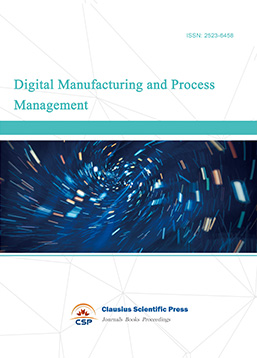
-
Ultra-Precision Machining Process

-
Journal of Robotics and Biomimetics
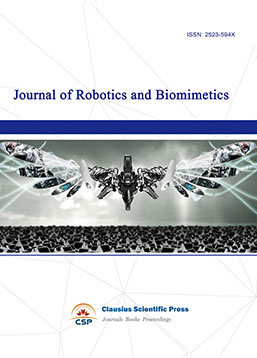
-
Prognostics, Diagnostics and Health Management

-
Micro-Electro-Mechanical Systems

-
Journal of Precision Instrument and Machinery
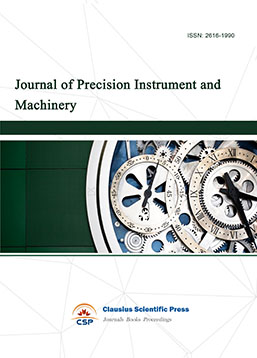
-
Engineering and Solid Mechanics

-
Fracture and Damage Mechanics
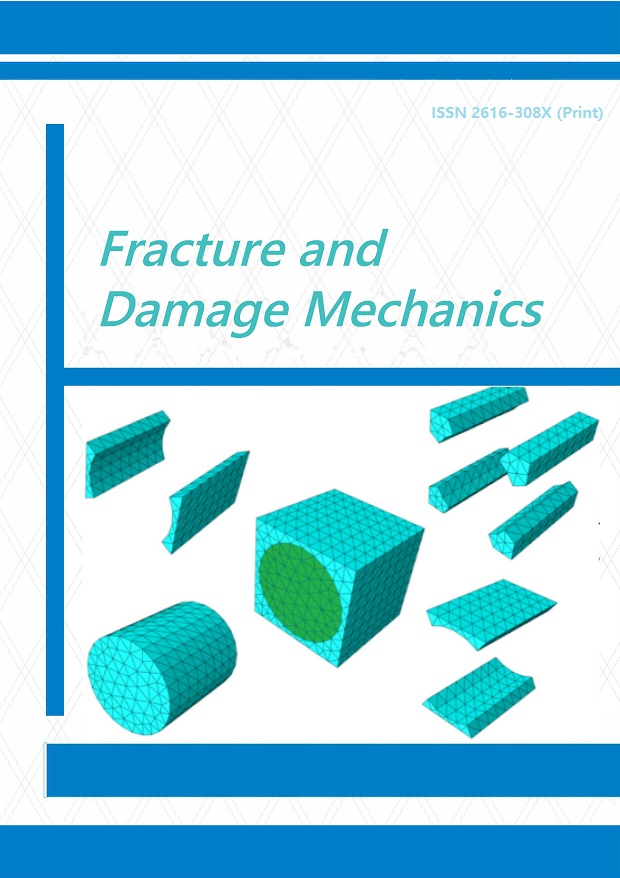
-
Frontiers in Tribology

-
Fluid and Power Machinery

-
Chemical Process Equipment
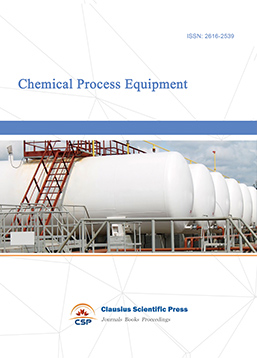
-
Journal of Assembly and Manufacturing
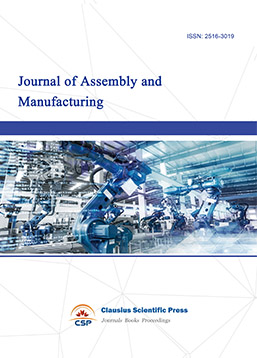
-
Mechanical Vibration and Noise


 Download as PDF
Download as PDF